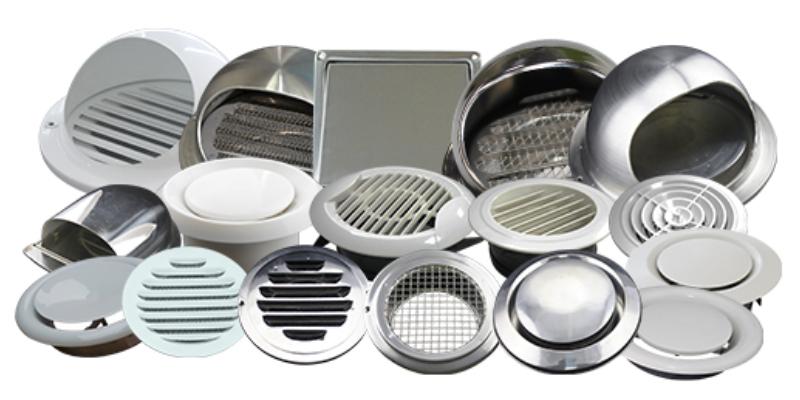Ventilation air grille diffuser
air vent manufacturer since 2002
 Vairtech
Vairtech  2025-10-15
2025-10-15

Introduction
Proper ventilation is crucial for maintaining a healthy and comfortable indoor environment. Vent caps and louvers play a vital role in the overall efficiency and effectiveness of ventilation systems. In this article, we will delve deep into the world of vent caps and louvers, exploring their significance, types, installation procedures, and maintenance requirements. Whether you’re a homeowner, business owner, or HVAC professional, this guide will equip you with the knowledge to optimize your ventilation system and create a pleasant living or working environment.
Vent Caps and Louvers: Enhancing Air Circulation
Vent caps and louvers are designed to facilitate the flow of air in and out of buildings, ensuring proper air exchange and maintaining optimal indoor air quality. These components are strategically placed in various locations, such as walls, roofs, and air ducts, to regulate airflow, prevent backdrafts, and protect against unwanted elements like rain, debris, and pests.
Proper ventilation is essential for numerous reasons, including:
Vent caps and louvers come in various designs and configurations to suit different ventilation needs. Some common types include:
Proper installation is crucial to ensure the vent caps and louvers function optimally. It is recommended to consult a professional HVAC technician or follow the manufacturer’s guidelines. Here are the general steps involved in installing vent caps and louvers:
Proper maintenance of vent caps and louvers is essential to ensure their longevity and optimal functionality. Regular inspection and cleaning will prevent blockages and ensure unobstructed airflow. Here are some maintenance tips:
Vent caps and louvers feature specially designed baffles or hoods that allow air to flow freely while preventing rainwater from entering. The angled design and protective features ensure that rainwater is directed away from the openings, keeping the interior dry.
Yes, vent caps and louvers are suitable for installation in both residential and commercial buildings. The specific type and size of vent caps and louvers may vary depending on the building’s ventilation requirements.
Absolutely! Properly installed vent caps and louvers help optimize air circulation and reduce the reliance on heating and cooling systems. By promoting natural airflow, vent caps and louvers contribute to energy efficiency, resulting in potential cost savings on energy bills.
Cleaning frequency depends on various factors, including the environment, climate, and specific ventilation needs. As a general guideline, it is recommended to inspect and clean vent caps and louvers at least twice a year, ideally during spring and fall.
While some vent cap and louver installations can be straightforward, it is often advisable to consult a professional HVAC technician. They have the expertise and knowledge to ensure proper installation, compatibility, and adherence to local building codes.
Building codes and regulations may vary by location. It is essential to consult local authorities or a professional HVAC technician to ensure compliance with specific codes and regulations governing vent caps and louvers installation.
Vent caps and louvers are essential components of an efficient and effective ventilation system. By facilitating proper air circulation, they contribute to enhanced indoor air quality, temperature regulation, and energy efficiency. Whether you’re a homeowner or a business owner, understanding the importance, installation procedures, and maintenance requirements of vent caps and louvers can help you create a healthier and more comfortable living or working environment. Remember to consult professionals when in doubt and perform regular maintenance to ensure optimal performance. Now that you have the knowledge, go ahead and optimize your ventilation system with vent caps and louvers for a breath of fresh air!